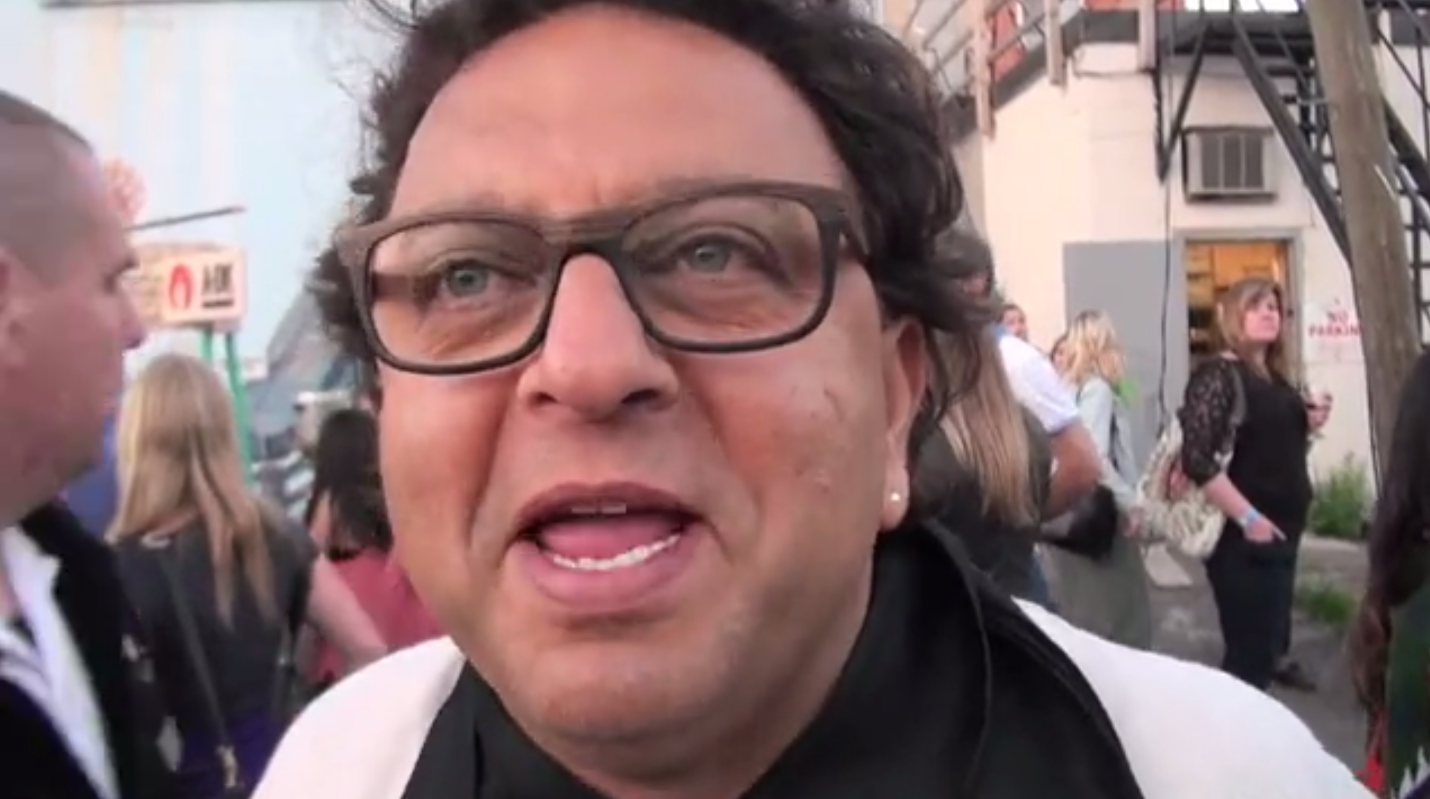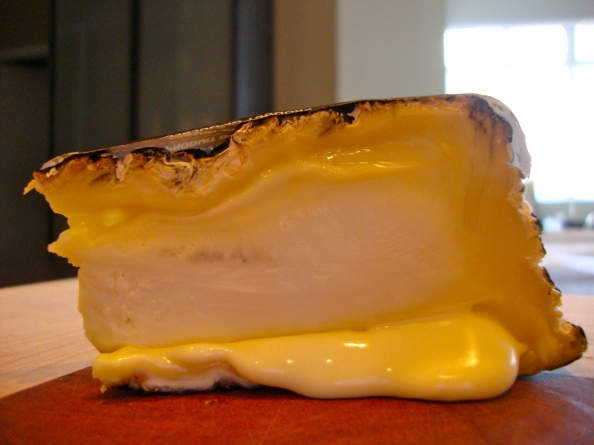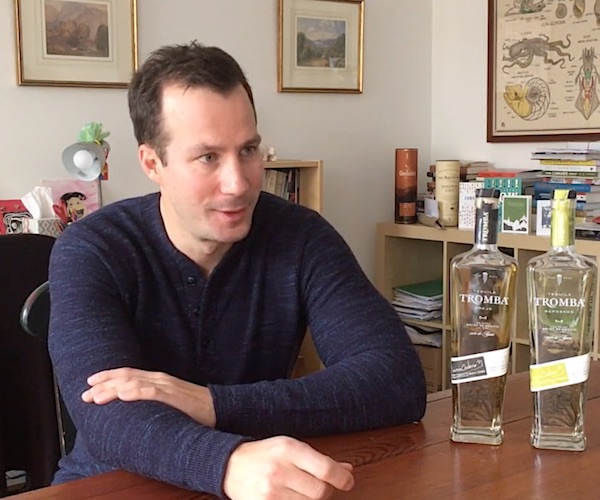Gordie Johnson describes the new Big Sugar album Yard Style as “meant to accompany people’s lifestyle” by which (I found out in the interview below) he means hanging out and cooking a meal. I spoke to the front man for the band, among other things, on the phone from his place in the Texas Hill Country on a mid-tour break, sounding relaxed and in very good humour – which isn’t a bad way to describe the Yard Style Album. It’s a compilation of acoustic reggae renderings of old and new songs that’s getting a lot of play at my house these days. (You can listen to it on SoundCloud here.)
THE INTERVIEW
This interview has been edited slightly for style…
Good Food Revolution: The reason we’re talking is that I understand that you have not just a passion for music, but also one for food.
Gordie Johnson: Oh man, yeah. That’s a pretty major component of my life. When we’re on tour, for a month or a month and a half, even when we’re in great for cities, if I don’t get to put on an apron and rattle some pots and pans I get desperate! And when I get home, I’m in the kitchen all day. I start making dinner at about noon. When we’re sitting down at lunch I am already thinking about dinner.
GFR: Is there a particular cuisine that you specialize in? You’re based most of the year near Austin, Texas now, I think.
GJ: I do a lot of different stuff, but I grew up in an Italian neighbourhood and household (for the most part) and Italian food is my five days of the week food… six days a week food. That’s my default cooking pattern. But I can make a Texas chili that takes me about 36 hours to prepare. So, I kind of go all out when I do other stuff.
GFR: Do have a particular signature on the dish? What happens with this chili?
GJ: Well, chili is part of where we’re at: it’s one of our regional and state dishes, Texas red chili. It’s authenticity comes from the beans I am able to get here that are nearly impossible to find anywhere else. If I’m at our cattle ranch in Red Deer, Alberta it’s just hard to make Texas chili. Here, I can get six or seven different kinds of peppers and hand them on strings to dry in the window for a few months and then we grind them in a coffee grinder and make our own chili powder. That’s a pretty key ingredient, you know. You can buy good chili powder, but its usually made from only one kind of chili pepper. So, we do a whole bunch of our own stuff here.
GFR: This sounds like a Chili de Terroir that cannot be replicated off of your spread! I want to talk to you about
Western Canada, so I’m glad you brought up Red Deer. GFR is based in Toronto, so sometimes we miss what’s happening in the country outside of our backyard because we’re really good at gazing at our own navels. What do you look forward to when you’re touring around?
GJ: From a career of touring around the world, but especially North America, there aren’t too many cities where we roll into that we don’t have some place we like to go. When we see the “Welcome to Saskatoon” sign, our brains all start percolating: Oh man, what’s that place with the lavender café latte? Oh yeah, man: The Underground Café. Let’s get off the bus – we’ll meet you guys at the venue! every city has its place. You don’t always have full coverage in terms of breakfast, lunch and dinner, but every town has at least one really badass place that does that one thing. When I am in Saskatoon I have to go to The Underground Café. They do a double espresso machiatto infused with lavender. It doesn’t sound like it would be good, but it’s the stuff of dreams. Every other coffee falls sadly short.
GFR: One of the things we do when we interview chefs, sommeliers or restauranteurs is ask them to pair food or wine to music. It’s maybe not very fair to ask you to pair a meal to an entire album, but I’ll ask you anyway. What would you pair to Yard Style?
GJ: Oh… Hmmm… Well, there’s a lot of West Indian flavour to Big Sugar’s music. And Yard Style is the sound that our band has always made when there’s a handful of us – band members, hangers on and friends – sitting around. People just start playing hand drums and a couple guitars and everyone’s singing. The album is a snapshot – an intimate glimpse – of the way you catch us at home. No one got to hear that because we’re usually real loud and putting on a rock show. And if I think about making the record, I have to think of all the amazing meals we had making: it’s music that can really only come out of Toronto.
For me Toronto – my most vivid image of Toronto – is Kensington Market. I lived in that neighbourhood for years. All those West Indian food stalls mixed in with the butcher and a cheese shop, and a Jamaican patty place. I think of all those smells, when I think of Kensington Market and I think of Big Sugar with all those things coming together with a distinct West Indian flavour. So, we ate a lot of ackee and salt fish, channah and potato curry, roti.
When we were making [Yard Style] we got into a little Indo-Chinese food, too. That’s a new fixation we have with food, and I haven’t found it anywhere but Toronto. It’s this food that comes from right not he border, so you’ve got Indian seasoning on Chinese dishes. Crazy good. I think we probably more Indo-Chinese food than anything else making that record.
GFR: I believe it’s called Hakka, after the group of Chinese people who were exiled to India and developed it. A famous Toronto chef, Nick Liu is of that persuasion, as a matter of fact. Where were you getting it?
GJ: Yeah, Hakka. There’s a place up in Scarborough near Phase One Studios where we got it – I’d have to go back and look at the take-out menu! But there is also a place on Spadina, Canton Chilli. It’s all Chinese items on the menu but when you look at the pictures everything is this deep crimson hue! The Indian style dishes are crazy hot. You really have to have a taste for hot food. When I sit down there the guy always says, “No, buddy for you you want this one, this one too hot” and I’m like, “No, no, no. Don;t let the cowboy hat fool you. Hit me with what you got! I want what you eat. Bring it on!”
 Malcolm Jolley is a founding editor of Good Food Revolution and Executive Director of Good Food Media, the company that publishes it. Follow him on Twitter or Facebook.
Malcolm Jolley is a founding editor of Good Food Revolution and Executive Director of Good Food Media, the company that publishes it. Follow him on Twitter or Facebook.








